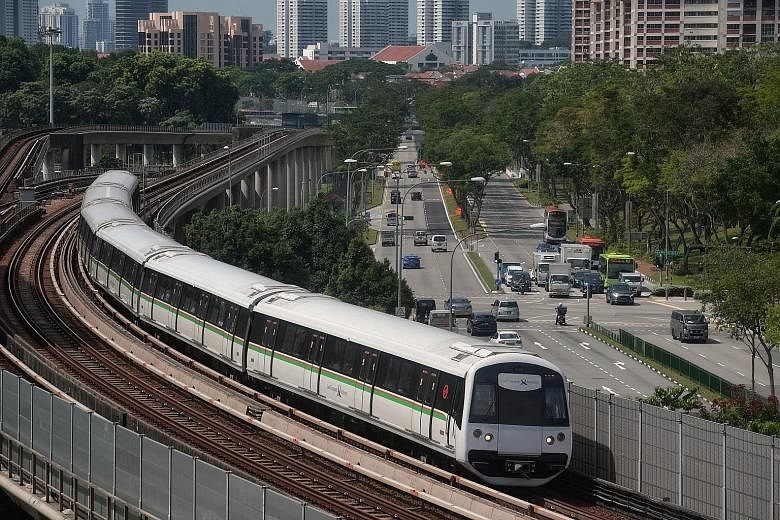Higher rail reliability has come at a substantial cost, with taxpayers having to subsidise rail operations by nearly $600 million last year.
This is a stark change from before the New Rail Financing Framework (NRFF) came into full effect in 2018, when operators owned operating assets like trains and funded replacements with fares - a regime which worked initially, but eventually resulted in patchy service.
Already a subscriber? Log in
Read the full story and more at $9.90/month
Get exclusive reports and insights with more than 500 subscriber-only articles every month
ST One Digital
$9.90/month
No contract
ST app access on 1 mobile device
Unlock these benefits
All subscriber-only content on ST app and straitstimes.com
Easy access any time via ST app on 1 mobile device
E-paper with 2-week archive so you won't miss out on content that matters to you


